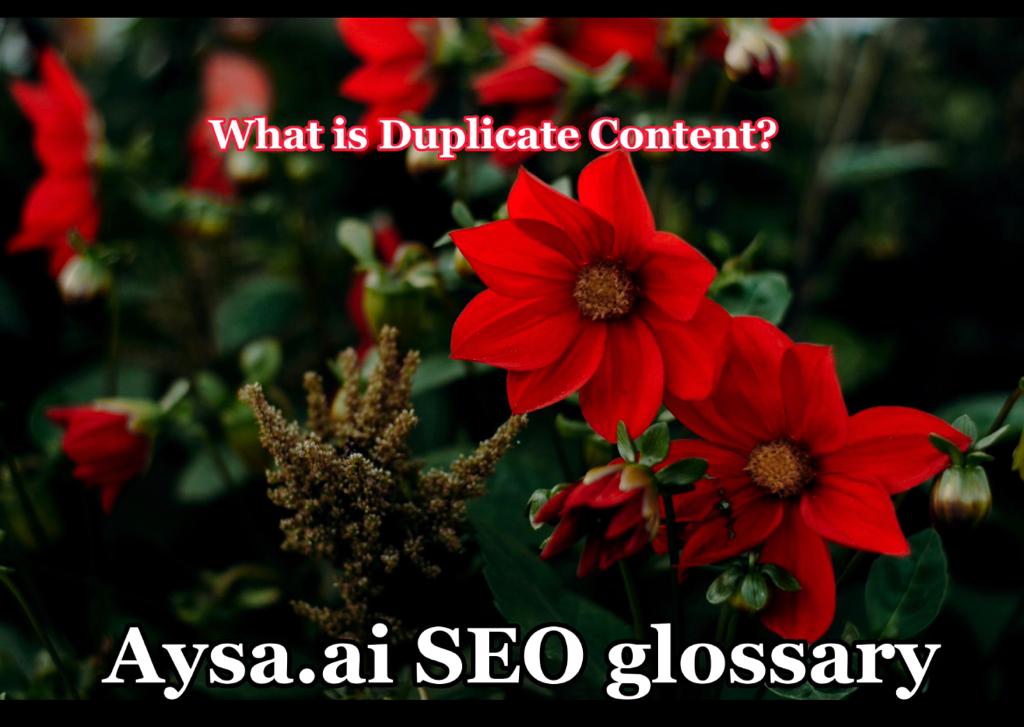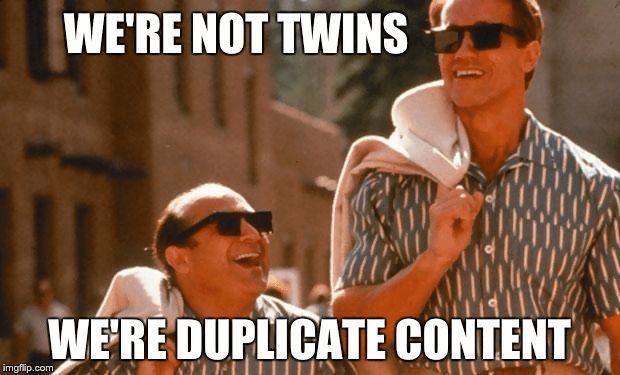
Duplicate content refers to substantial blocks of content that are identical or nearly identical across multiple web pages or domains. This can occur within a single website or across different websites. Duplicate content can be problematic for SEO because search engines strive to deliver diverse and relevant search results to users.
Can duplicate content impact your SEO actions?
While Google doesn’t impose a specific penalty for duplicate content, it can impact your website’s SEO performance in several ways:
- Ranking dilution: When search engines encounter duplicate content, they may struggle to determine which version is the most relevant and valuable. As a result, they may choose only one version to display in search results, diluting the visibility and rankings of the duplicate content.
- Loss of backlinks and authority: If duplicate content exists across multiple pages or websites, it can lead to the fragmentation of backlinks and the dispersal of domain authority. This can weaken the overall SEO impact of your website.

What are some best practices to avoid duplicate content?
To avoid issues related to duplicate content and optimize your website’s SEO, consider the following strategies:
- Create unique and valuable content: Focus on producing original, high-quality content that offers value to your target audience. This helps differentiate your website and reduces the likelihood of duplicating content inadvertently.
- Implement canonical tags: If you have multiple versions of similar content, use canonical tags to indicate the preferred version to search engines. This helps consolidate ranking signals and prevent confusion.
- Use 301 redirects: If you have duplicate pages on your website, set up 301 redirects to redirect users and search engines to the preferred version of the content. This ensures that only the desired page is indexed and displayed in search results.
- Syndicate content carefully: If you syndicate content from other sources, ensure that you have proper permission and use canonical tags or other attribution methods to indicate the original source. This helps avoid unintentional duplication.
- Implement a robots.txt file: Use the robots.txt file to block search engine crawlers from indexing duplicate or low-value content, such as printer-friendly versions, tag pages, or pagination pages.
By following these best practices, you can minimize the risk of duplicate content issues and improve your website’s SEO performance while delivering a better user experience.
Also, you can start working with AYSA.ai SEO agency and let our experts do all these jobs for you, at an amazing price!
Contact us today: https://www.aysa.ai/contact/

